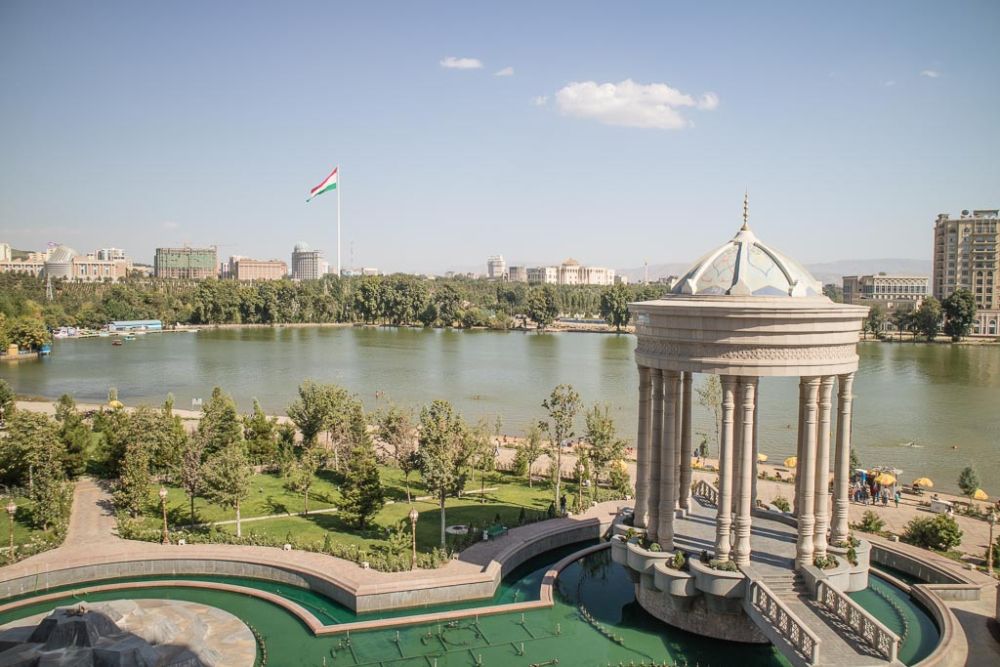

Tourism in Dushanbe, the capital of Tajikistan, has seen various stages of development corresponding with the country's historical transformations. Early on, during the era of the Soviet Union, Tajikistan was a secluded destination with Dushanbe as a mostly administrative and cultural hub rather than a tourist hotspot.
In the Soviet period, Dushanbe, known then as Stalinabad, attracted mostly domestic travelers and a few foreign visitors who were interested in the Soviet experience. The focus was mainly on improving infrastructure, industry, and living standards rather than developing the tourism sector. It was not until the dissolution of the Soviet Union in 1991 that Tajikistan gained independence and Dushanbe began to emerge as a point of interest on the global tourism map.
Post-independence, the early 1990s were challenging due to civil war which significantly affected the progression of the tourism industry. The end of the civil conflict in 1997 allowed for the gradual rebuilding and stabilization of the country’s institutions and economy, also paving the way for tourism development. In the following years, Dushanbe slowly started to gain recognition for its unique offerings, including its stunning mountain landscapes, rich Persian cultural heritage, and warm hospitality.
In the 21st century, Tajikistan's government has begun to recognize the potential of tourism as an economic driver and has taken steps towards improving the sector. Investments have been made in upgrading Dushanbe's tourism infrastructure with better accommodations, transportation facilities, and the revitalization of historical and cultural sites.
As of the most recent trends, ecotourism and adventure tourism are gaining popularity among visitors to Dushanbe and Tajikistan in general. The rugged Pamir Mountains, often referred to as "The Roof of the World," offer incredible opportunities for trekking, mountaineering, and experiencing pristine natural environments. The city itself serves as a gateway to these natural attractions and has seen an increase in cultural tourism with visitors eager to explore its museums, parks, and monuments.
Major attractions in Dushanbe now include the Hissor Fortress, Dushanbe Flagpole (one of the tallest in the world), the National Museum of Tajikistan, and the culturally rich Mehrgon Market. Dushanbe also hosts several festivals and events throughout the year that draw in tourists, such as the annual Navruz celebration.
Efforts have been made to promote Dushanbe as a convention destination, with state-of-the-art facilities like the Kokhi Borbad Convention and Theatre Centre and the Dushanbe Serena Hotel being at the forefront. Additionally, the government has taken steps to simplify visa procedures for tourists from many countries, which has had a positive impact on tourism numbers.
Nevertheless, tourism in Dushanbe still faces challenges, including improving service standards, ensuring sustainable tourism practices, and diversifying the experiences offered to international visitors. Despite these challenges, Dushanbe's tourism sector is showing promising signs of growth and development, adding a rich diversity to the global travel landscape.